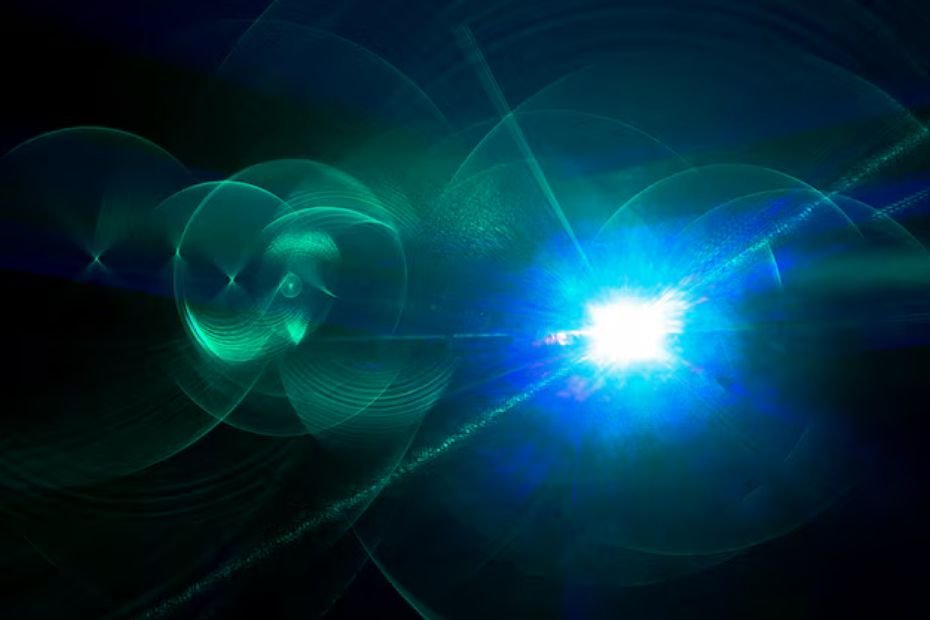When you think about the dazzling lights dancing across the night sky, often referred to as auroras or the Northern and Southern Lights, you might wonder how such a spectacular natural phenomenon occurs. The truth is, the science behind auroras is deeply intertwined with the activity of our sun. Solar flares and solar winds play crucial roles in creating these beautiful displays. So, let’s take a closer look at how solar activity impacts auroras and what it all means for us down here on Earth.
What Are Auroras?
Before diving into solar activity, it’s essential to understand what auroras are. Auroras are natural light displays predominantly seen in high-latitude regions around the Arctic and Antarctic. The Northern Lights, known as the Aurora Borealis, occur near the North Pole, while the Southern Lights, or Aurora Australis, happen around the South Pole.
These lights can appear as green, pink, red, yellow, blue, or violet hues, and they often take on forms like arcs, spirals, or curtains that ripple through the sky. But what causes these mesmerizing colors and movements? The answer lies in solar activity.
Understanding Solar Flares
Let’s start with solar flares. A solar flare is an intense burst of radiation coming from the release of magnetic energy stored in the sun’s atmosphere. These flares can last from a few minutes to several hours and release enormous amounts of energy—equivalent to millions of nuclear bombs exploding at once!
When solar flares occur, they send out a wave of energy into space, which can significantly impact Earth’s magnetic field. This interaction is crucial for auroras. As solar flares shoot particles toward Earth, they can trigger geomagnetic storms, which can enhance auroral activity. Think of solar flares as the catalysts that spark the auroras into action.
The Role of Solar Winds
Now, let’s discuss solar winds. Solar wind is a continuous stream of charged particles—mainly electrons and protons—emitted from the sun’s outer layer, known as the corona. These particles travel at speeds of up to 1 million miles per hour and can reach Earth in just a few days after being released.
When solar winds collide with Earth’s magnetic field, they can cause a disturbance that results in geomagnetic storms. These storms are essential for creating auroras. The stronger the solar wind, the more likely it is that auroras will occur. In fact, during periods of heightened solar activity, known as solar maximum, auroras can be visible at lower latitudes than usual.
The Interaction of Solar Activity and Earth’s Magnetosphere
Earth is surrounded by a magnetic field, which acts as a shield against solar and cosmic radiation. This magnetic field is created by the movement of molten iron in Earth’s outer core. When solar flares and solar winds reach Earth, they interact with this magnetic field, particularly at the poles, where the magnetic field lines converge.
Here’s how it works: The charged particles from solar winds are funneled toward the poles by the Earth’s magnetic field. When these particles collide with gases in the Earth’s atmosphere, primarily oxygen and nitrogen, they excite these atoms. As these atoms return to their normal state, they release energy in the form of light, creating the beautiful displays we know as auroras.
Factors Affecting Aurora Intensity
While solar flares and solar winds are critical for auroras, several factors can influence their intensity and visibility:
- Solar Cycle: The sun goes through an 11-year solar cycle of activity. During solar maximum, solar flares and solar winds are more frequent, leading to more intense auroras. Conversely, during solar minimum, auroral activity decreases significantly.
- Location: Auroras are most visible in regions near the magnetic poles. Areas like Alaska, Canada, Norway, and Sweden are prime locations for aurora viewing. However, during strong geomagnetic storms, auroras can be seen much further south.
- Weather Conditions: Clear, dark skies are essential for observing auroras. Cloud cover, light pollution, and moonlight can hinder visibility, so planning your aurora-viewing trip around the weather is crucial.
- Geomagnetic Activity: The K-index measures geomagnetic activity, with values ranging from 0 (quiet) to 9 (severe storm). Higher K-index values indicate better chances of aurora sightings.
How to Experience Auroras
If you’re intrigued by the idea of witnessing auroras firsthand, here are some tips to enhance your chances:
- Choose the Right Location: Head to areas known for aurora activity, like Fairbanks in Alaska or Tromsø in Norway. Research the best spots for aurora viewing in your chosen location.
- Timing is Key: The best time to see auroras is during the winter months when nights are long and dark. The months of September to March are typically the most favorable.
- Monitor Solar Activity: Keep an eye on solar forecasts and alerts. Websites and apps provide real-time information about solar activity and the likelihood of auroras.
- Stay Patient: Auroras can be unpredictable. Be prepared to wait in the cold and enjoy the stars while you wait for the lights to appear.
- Capture the Moment: If you’re keen on photography, bring a tripod and a camera with manual settings. Long exposure shots can capture the beauty of the auroras.
The Cultural Significance of Auroras
Beyond their scientific explanations, auroras hold a special place in various cultures. Indigenous peoples in the Arctic regions often have rich stories and beliefs surrounding the auroras. For some, they are seen as spirits or ancestors dancing in the sky. In other cultures, they are considered omens or messages from the divine.
The beauty of the auroras continues to inspire artists, poets, and storytellers worldwide. Their breathtaking display reminds us of nature’s wonders and the universe’s vastness.
Conclusion
In summary, solar activity, particularly solar flares and solar winds, plays a fundamental role in creating the enchanting displays of the auroras. Understanding the science behind these phenomena enhances our appreciation for them, turning a simple viewing into a profound experience. So, whether you plan to chase the Northern Lights or simply admire them from afar, remember that each flicker of light is a dance of particles influenced by our sun. Embrace the mystery, and who knows—you might find yourself captivated by the auroras’ charm and beauty for a lifetime.
As you look up at the night sky, may you be inspired by the cosmic dance above and the science that makes it possible!

